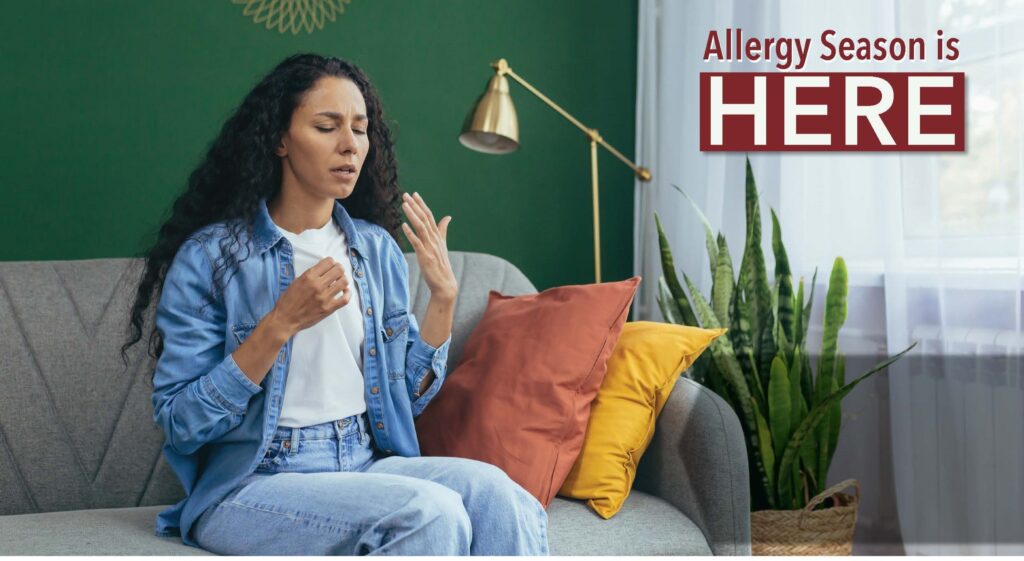
Spring and summer mean flower buds and blooming trees — and if you’re one of the millions of people who have seasonal allergies, it also means sneezing, congestion, a runny nose and other bothersome symptoms.
Seasonal allergies — also called hay fever and allergic rhinitis — can make you miserable. But before you settle for plastic flowers and artificial turf, try these simple strategies to keep seasonal allergies under control.
Reduce your exposure to allergy triggers
To reduce your exposure to the things that trigger your allergy signs and symptoms (allergens):
Stay indoors on dry, windy days. The best time to go outside is after a good rain, which helps clear pollen from the air.
Avoid lawn mowing, weed pulling and other gardening chores that stir up allergens.
Remove the clothes you’ve worn outside and be sure to shower to rinse pollen from your skin and hair. Take extra steps when pollen counts are high
Seasonal allergy signs and symptoms can flare up when there’s a lot of pollen in the air. These steps can help you reduce your exposure:
Check your local news, or the internet for pollen forecasts and current pollen levels.
If high pollen counts are forecasted, start taking allergy medications before your symptoms start.
Close doors and windows
at night if possible or any other time when pollen counts
are high.
Avoid outdoor activity in the early morning when pollen counts are highest.
Keep indoor air clean
There’s no miracle product that can eliminate all allergens from the air in your home, but these suggestions may help:
Use air conditioning in your house and car.
If you have forced air heating or air conditioning in your house, use high-efficiency filters and follow regular maintenance schedules.
Keep indoor air dry with a dehumidifier.
Use a portable high-efficiency particulate air (HEPA) filter in your bedroom.
Clean floors often with a vacuum cleaner that has a HEPA filter.
Regular dusting and vacuuming are critical to reducing allergens
When cleaning around the house, do your dusting with an electrostatic cloth, duster or damp wipe. Work from high to low and work your way out of the room. Wait about an hour before vacuuming to allow particles to settle.
Vacuuming is a great way to remove dust and allergens from your home. However, it is important that you use a vacuum cleaner that has an efficient filtration system. A vacuum with HEPA filtration improves indoor air quality while you vacuum. And don’t forget to vacuum your furniture too.
Regardless of how neat and tidy you are, eventually vacuuming alone is not enough. Dust and other soils are bonded to carpet and upholstery fibers by sticky or oily residues. That’s why you need periodic professional cleaning by JANSSEN’S. Our cleaning system not only removes the visible soil and spots that make your carpet, area rugs, and furniture look bad, but it also removes deeply embedded pollutants and allergens along with the dust and dirt that can cause damage and could make your family sick! Your carpet, area rugs, and upholstery will look fabulous, last longer and your family will breathe healthier, cleaner air.
